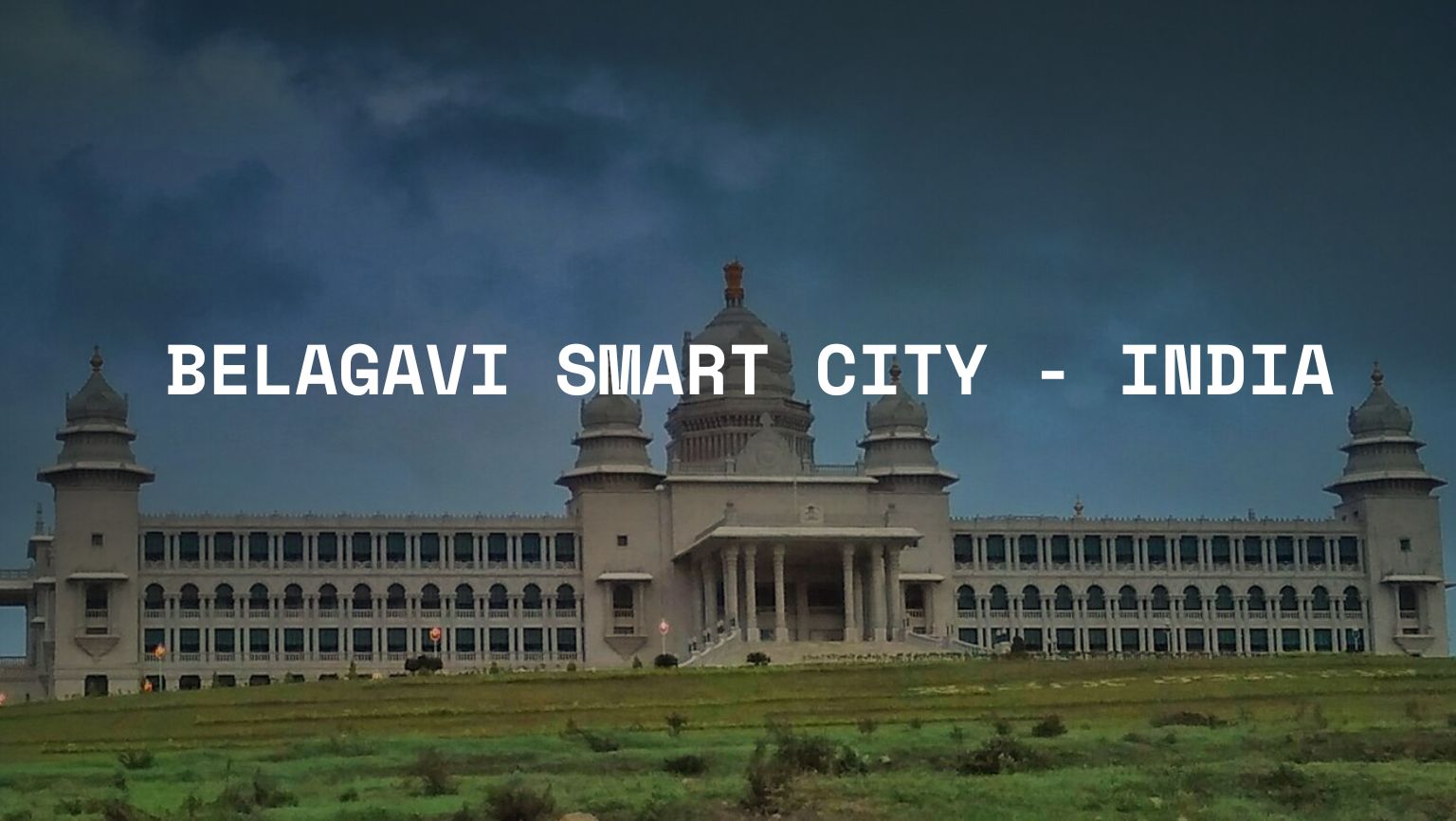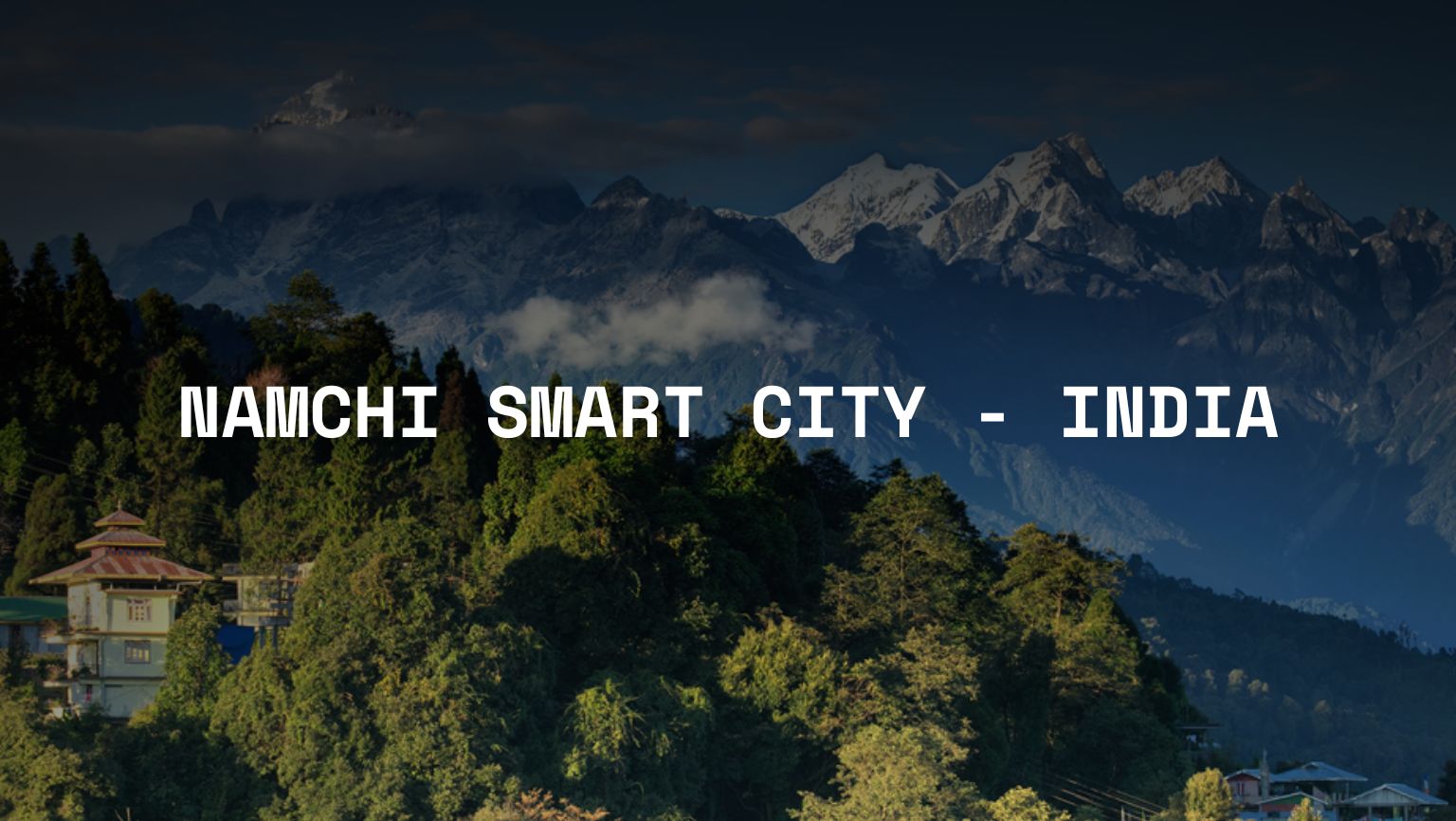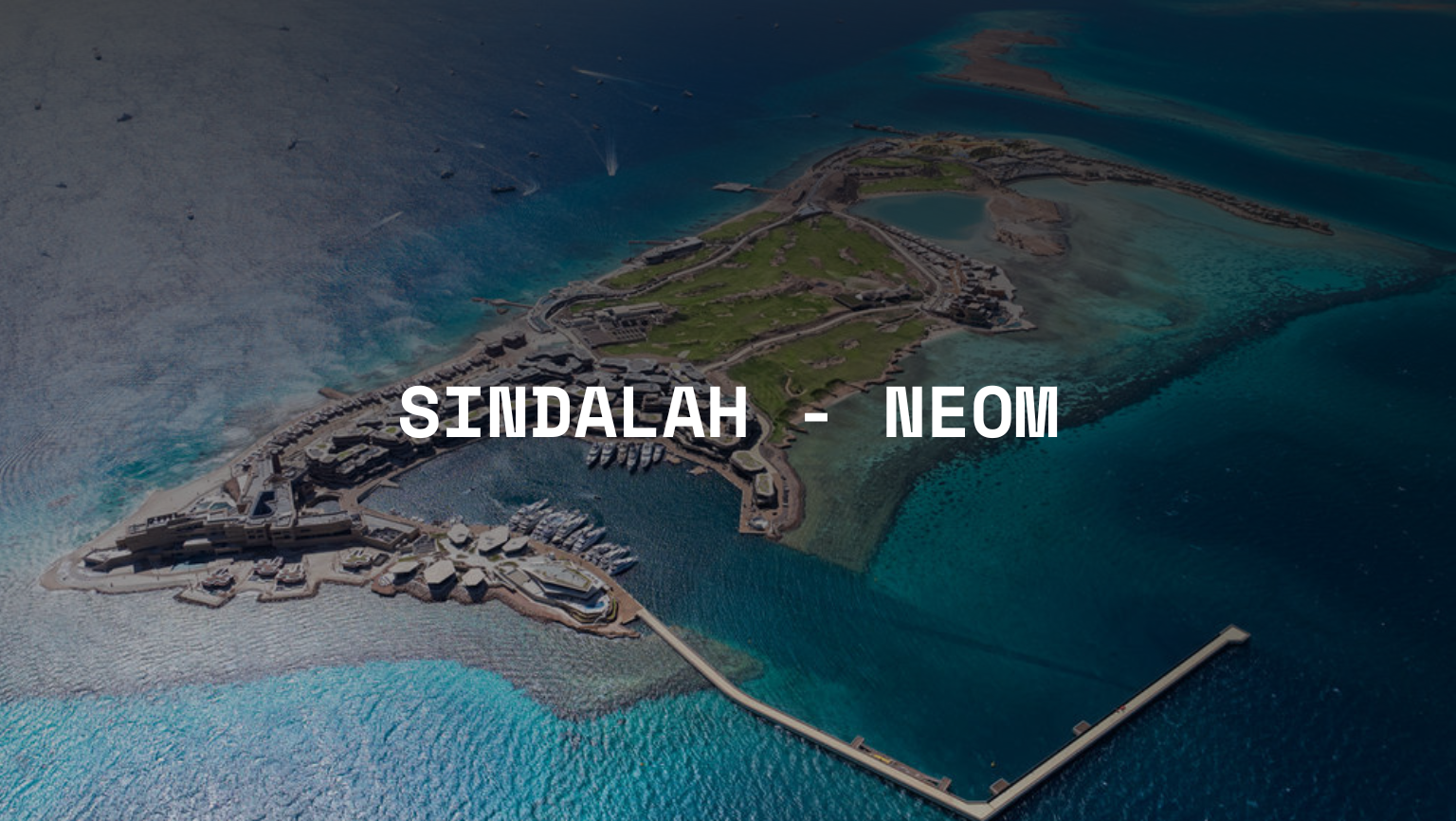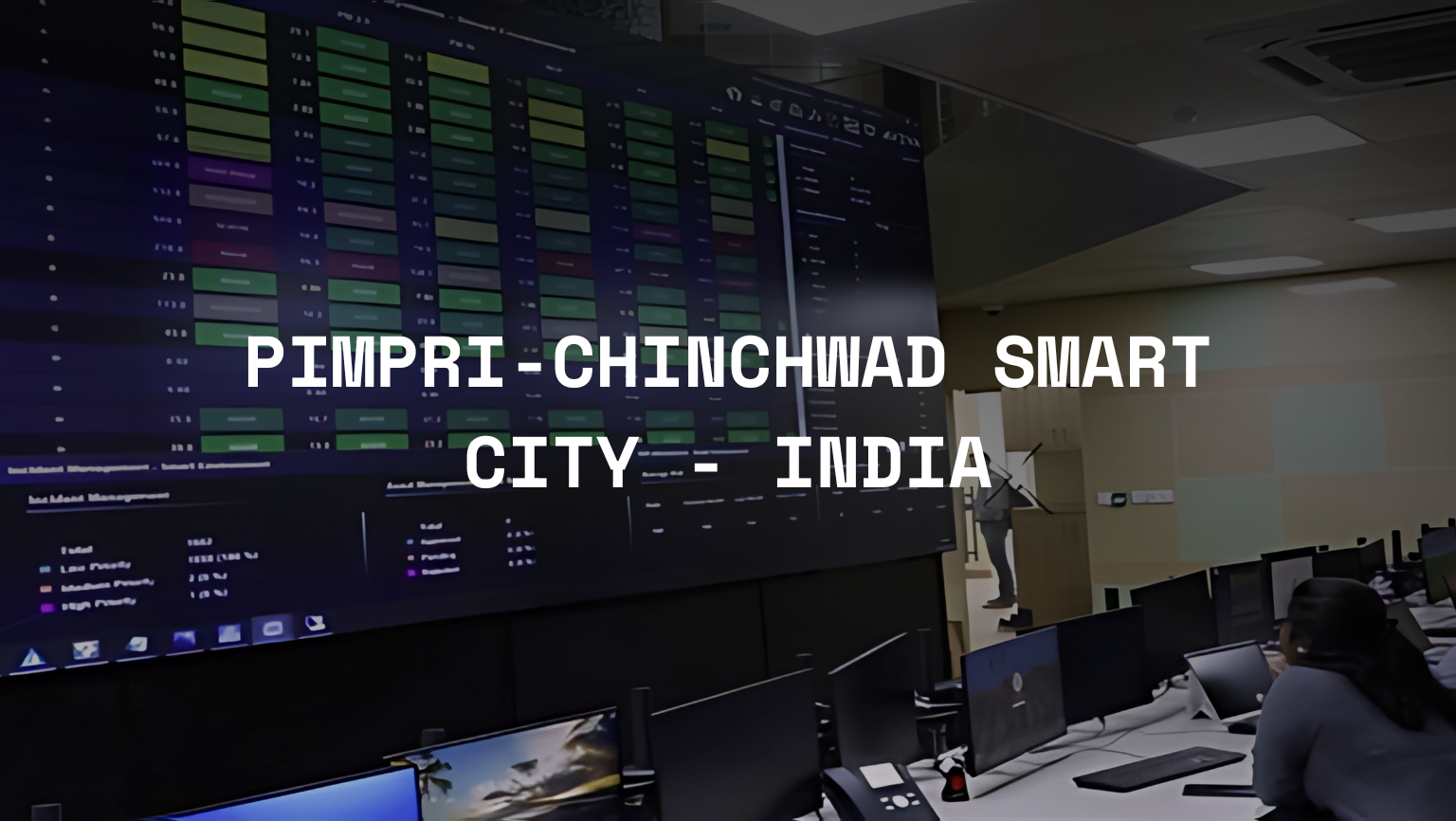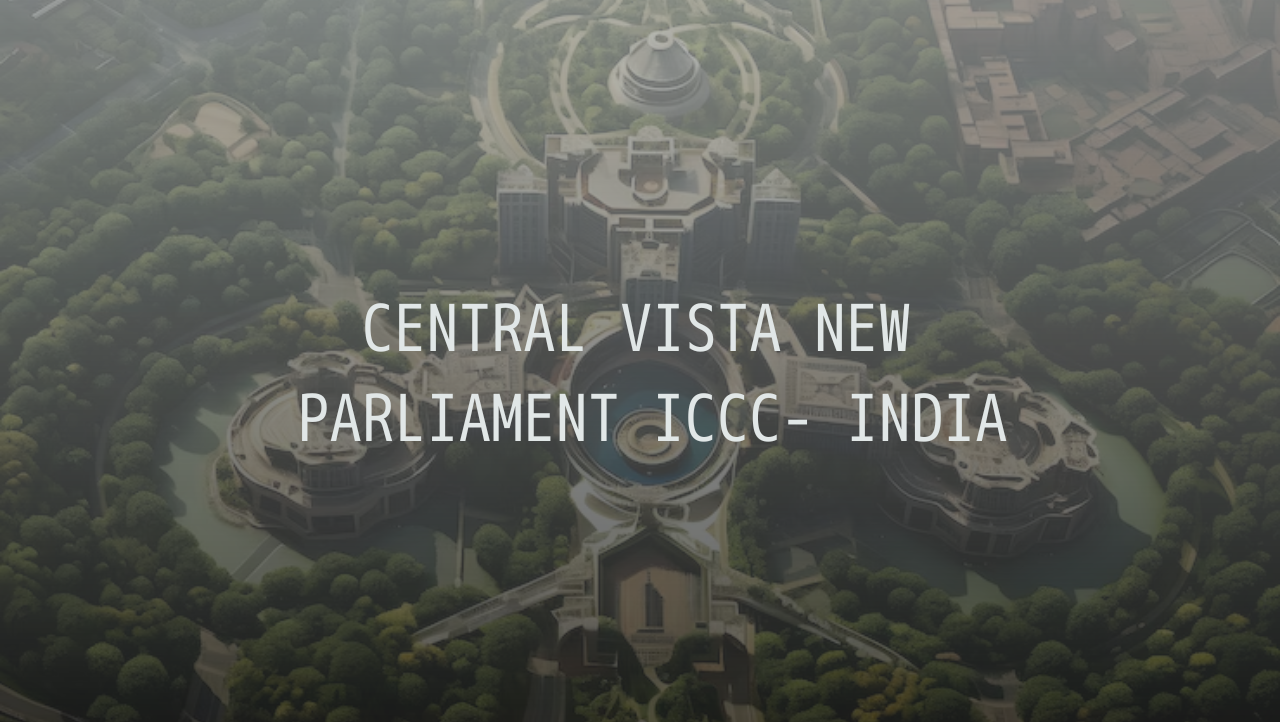Smart Cities


Smart cities utilize integrated technologies such as IoT, AI, and geospatial intelligence to enhance the efficiency and livability of urban environments. By connecting critical infrastructure including transportation networks, energy grids, waste management, public safety, and healthcare these cities enable real-time decision-making and data-driven governance aimed at improving sustainability, mobility, and citizen well-being.
Astrikos.ai’s Smart Interop Analytical Platform (S!aP) serves as the digital nerve center for smart cities, unifying data streams from city-wide systems into a single, actionable interface. Through real-time monitoring, AI-powered predictions, and automated response mechanisms, S!aP helps city administrators optimize resource utilization, reduce service disruptions, strengthen public safety, and foster transparent, citizen-centric urban development.
Challenges
Disjointed Infrastructure & Data Silos
City systems such as traffic management, utilities, public safety, and waste services often run on isolated platforms, limiting interoperability and creating barriers to centralized data analysis and coordinated response.
Real-Time Resource Optimization
Managing fluctuating demands for electricity, water, and public services in real time requires dynamic allocation and predictive planning. Without smart monitoring, inefficiencies lead to waste, high operational costs, and strained resources.
Urban Safety & Emergency Readiness
Ensuring resident safety in high-density environments involves more than basic surveillance. Cities require AI-driven threat detection, automated emergency workflows, and coordinated multi-agency response systems to manage real-time incidents effectively.
Low Citizen-Centric Engagement
Limited communication channels and lack of data transparency can weaken trust between city authorities and residents. Without accessible platforms for feedback, reporting, and participation, citizen engagement and satisfaction decline.
Scalability of Smart Infrastructure
As urban populations grow and digital ecosystems evolve, cities face difficulties in scaling infrastructure while maintaining integration across legacy systems, emerging technologies, and expanding service demands.
Environmental & Regulatory Pressures
Cities face rising pressure to meet climate goals and comply with emission regulations while ensuring infrastructure remains resilient, adaptive, and cost-effective.
Solutions

Astrikos.ai addresses these challenges through its S!aP platform, offering:
Unified Urban Data Integration
AI-Driven Predictive Intelligence
Centralized City Command & Control
Sustainability Performance Monitoring
Scalable, Future-Ready Infrastructure

Explore Case Studies

Deploy Enterprise AI with ConfidenceExperience the Future of Infrastructure.


